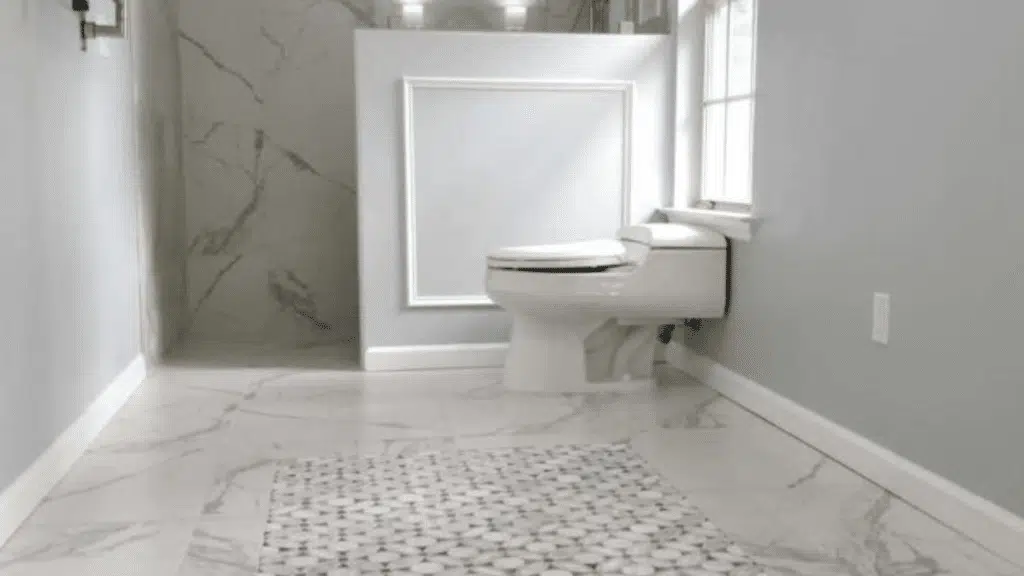McManus Kitchen and Bath provides a single place where you can work with interior design and construction professionals who can help you create a happy, healthy home. We start each project with a Design and Budget Consult. It will help you clarify your design ideas, understand the remodeling process and create a Good Better Best Budget for your project. Click Here to Schedule a Consult
__________________________________________________________________________________________________________________________
We’ve written about the 7 key principles of Universal Design before, They are the guideposts that inform all our design, planning and construction projects. They are the commandments we follow to determine how accessible, safe and enjoyable the homes and renovations we design and build can be. And it’s not just important that we know these principles; we strongly believe your understanding of these valued standards will serve you well on any aging in place or accessibility project.
The Accessible Home: 7 Universal Design Principles
Universal Design has been around since the 70’s but more recently has been re-branded as aging in place design or accessible design. We’ve been following universal design best practices for years and are also CAPS (certified aging in place specialist) certified by the National Association of Home builders. Here’s the nutshell list: the seven principles of universal design boiled down to their essence.
- Equitable use: We make sure the design works for people with all ranges of ability; young, old, physically or mentally challenged. Example: front-mounting controls on a stove that allows a person in a wheelchair to reach them.
- Flexibility in use: We’re talking about designs that work for a wide range of individual preferences and abilities. Example: Left and right-handed scissors.
- Simple and Intuitive Use: The design is easy to understand regardless of experience education, or language skills. Keep it basic and uncluttered. Example: Simple thermostats with big numbers, and color coded to distinguish warm from cold.
- Perceptible information: This principle is all about design that clearly and effectively communicates information needed by a user. Example: a doorbell with flashing light for use by homeowners with impaired hearing.
- Tolerance for error: The idea here is to eliminate or minimize hazards and the risk of mistakes and unintended actions. Example: no-slip tile and step-free entries into a home. Also included in this category: curbless showers.
- Low Physical Effort: The design can be used comfortably and with a minimum of effort. Examples: Lever or door handles on doors and faucets; touch lamps operated without a switch.
- Size and space for Approach and Use: This principle sounds technical, but it’s really just a concept that recognizes that people come in all shapes and sizes.The design allows for enough space and size for people of all body sizes, postures and mobility skills to approach, reach, manipulate and use. Example: Extra-wide doors that allow space for a wheelchair or walker to pass through easily..
Every Home Should Be An Accessible Home
The term aging in place is very popular in the design world these days but it creates the misconception that accessible design is just for when people are getting old. Nothing could be further from the truth. Every home should be an accessible home. That means your home should work for people of all ages and abilities. consider these possibilities:
- A guest in your home has mobility issues or a vision or hearing impairment
- Your teenage son hurts his leg and must use a wheelchair for 6 to 8 weeks
- An elderly relative comes to stay for an extended period of time
All of those situations would benefit from a home that was built with accessibility standards in mind. Our lives are constantly changing and our homes need to be able to change with them. The principle of creating an accessible home are simple but it does require some though to put them into place when building or remodeling a home.
Accessible home design does not just apply to the bathroom, though the bathroom and kitchen are two places where it can have the most impact. It also applies to hallways, your entry, garage and bedrooms. If you planning a remodeling project or building a new home we encourage you to speak with your contractor about these 7 universal design principles and try to create a home that is accessible to everyone who might use it.
Thank you for reading! We’d love to be a part of your next remodel. Check out our design services page
Paul McManus
McManus Kitchen and Bath



